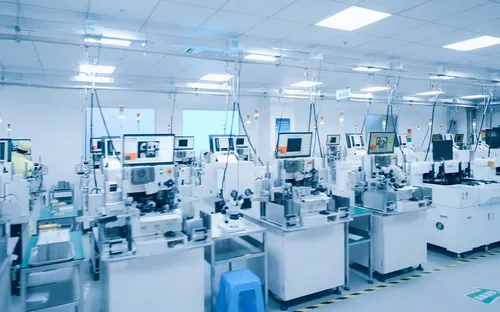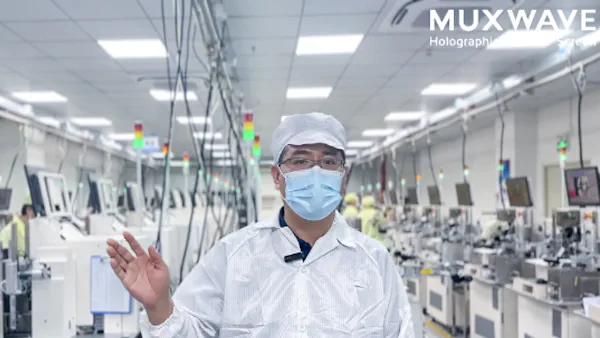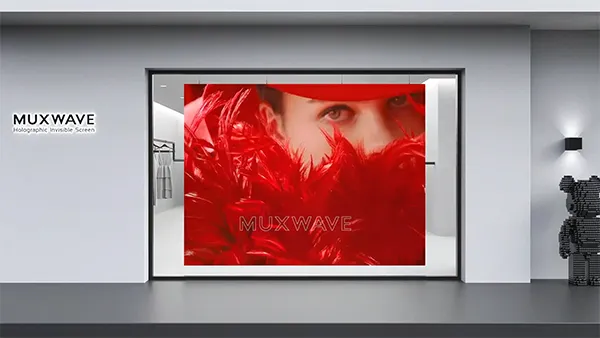مقدمة
From ultra-thin film modules to 3D floating imagery and fully transparent architectural installations, this technology enables curators and exhibition designers to overlay digital narratives directly onto real-world objects, glass partitions and open spaces. In this article we explore how this advancement is transforming museum and cultural exhibition landscapes, why Muxwave leads in this domain, and how institutions can evaluate and implement these solutions for maximum effect.
We’ll cover the following key areas: Holographic LED screens revolutionize cultural displays by blending advanced transparent LED technology with immersive storytelling, allowing museums and galleries to present artifacts vividly while preserving their integrity. With innovations in film-type and interactive designs, these screens redefine how audiences experience culture and history.
What Is a Holographic LED Screen?
فهم التكنولوجيا
A holographic LED screen is a transparent or semi-transparent display composed of LED modules or film materials that allow ambient light to pass through while simultaneously projecting images, motion graphics or even 3D floating visuals. Unlike conventional LED video walls, these screens preserve the view behind them—making them highly suitable for museum vitrine integration, glass walls, balustrades and mixed physical-digital exhibits.
From Muxwave’s product literature: their screens deliver “ultra-high transparency, high brightness and contrast, HD display quality” with modules as thin as “1.8 mm” and a transparency rate up to 95%. The term holographic invisible screen captures the idea that the display is nearly invisible when off, yet becomes a dynamic visual canvas when in use.
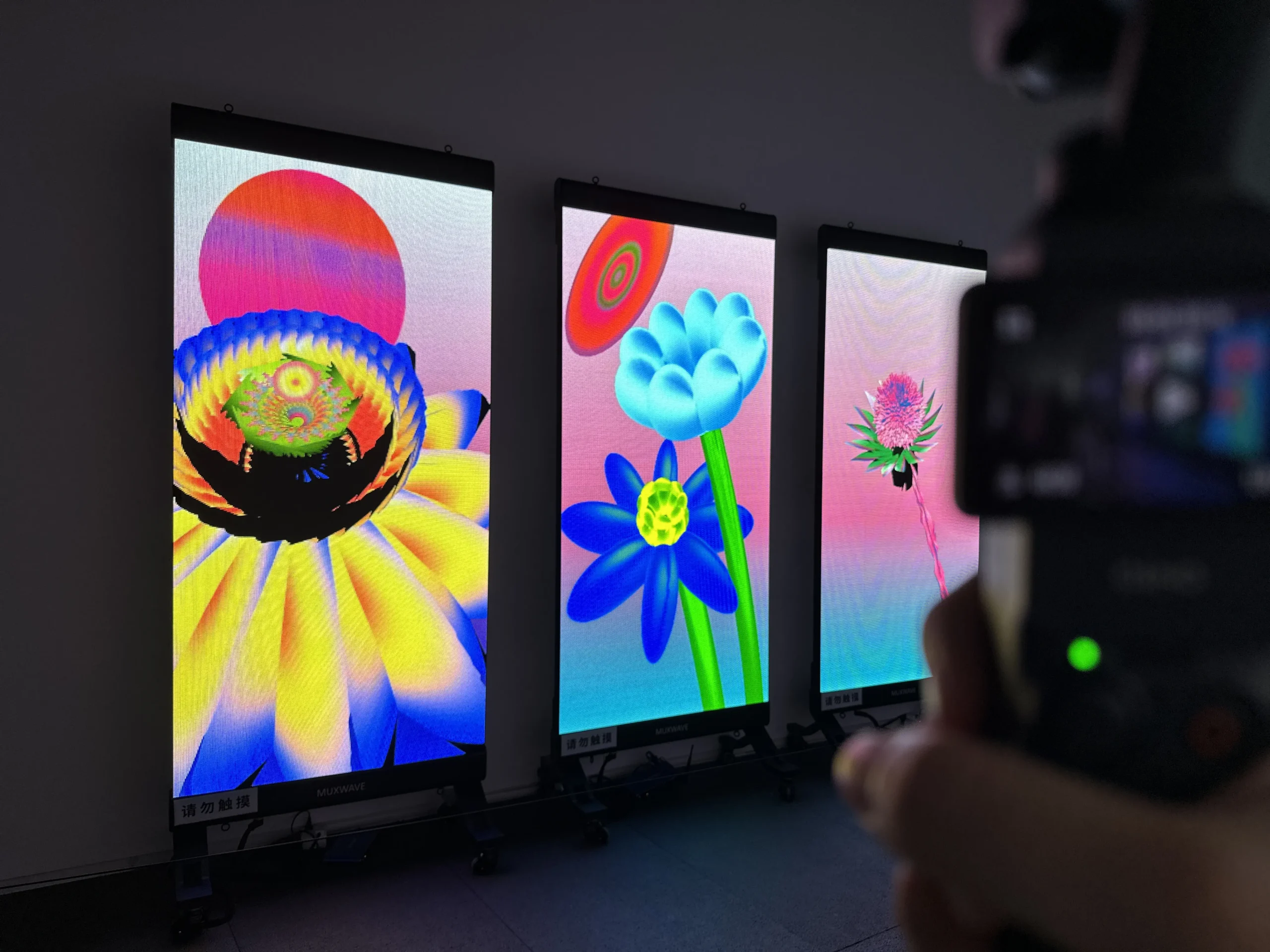
Key technical pillars of holographic LED screens:
- معدل الشفافية: The proportion of light transmitted through the screen. High-end models reach 85%–95% or more.
- Pixel Pitch & Density: Determines resolution and clarity; smaller pitch supports closer viewing distances.
- Brightness & Contrast: High brightness is critical inside well-lit exhibition halls; contrast ensures vivid content. For example, Muxwave’s modules achieve brightness up to 5,000 cd/m² and contrast ratios up to 9,000:1.
- Form-Factor & Weight: Ultra-thin modules (1.8mm) and lightweight panels (5–6 kg/㎡) facilitate integration into glass walls and architectural structures.
- Installation Versatility: Modules may be front/back mounted on glass, hung or curved to suit creative spaces.
- Single-Pixel Control & 16-bit Grayscale: Advanced driver ICs support smoother motion and richer visuals—an element highlighted by Muxwave’s “single-LED control … 16-bit grayscale” specification.
In museum and cultural exhibition contexts, such displays create what might be described as “floating visuals” or overlayed digital storytelling, enabling visitors to engage with artefacts in new ways without compromising the integrity of the physical object.
Why Museums and Cultural Exhibitions Are Ideal Application Scenarios
Museums and cultural venues face unique display challenges: balancing conservation requirements, visitor engagement, and architectural aesthetics.
Here’s why holographic LED screens are especially well-suited:
Preserving Seeing and Sensibility: Artefacts must remain visible, undistorted and unobstructed. Glass display cases, open-view areas and architectural transparency are essential. A holographic transparent LED screen preserves sightlines: exhibit objects remain clearly visible behind the screen while digital layers float in front. Muxwave emphasizes their screens produce “full-screen transparent invisible” displays that “do not alter the interior or exterior appearance of the building.”
Enabling Immersive, Layered Engagement: Traditional signage can feel static and detached. A holographic LED screen display allows layered narratives: animations superimposed on sculptures, reconstructions floating in mid-air, background visuals behind a glass panel that interact with physical objects. Muxwave describes this as “3D holography, spatial floating image” capability.
Architectural and Curatorial Flexibility: Museum designers often operate within fixed architectural constraints. Using ultra-thin, lightweight transparent modules means fewer structural modifications, better natural light flow, and minimal disruption to the spatial experience. Muxwave’s modules, for example, weigh only 6 kg/㎡.
Future-Proofing and Adaptability: Cultural exhibitions frequently rotate content and themes. A customized LED holographic invisible screen enables rapid content changes, thematic updates and interactive experiences. The modular design supports reconfiguration—important for venues that repurpose spaces for new exhibitions, events, and digital storytelling.
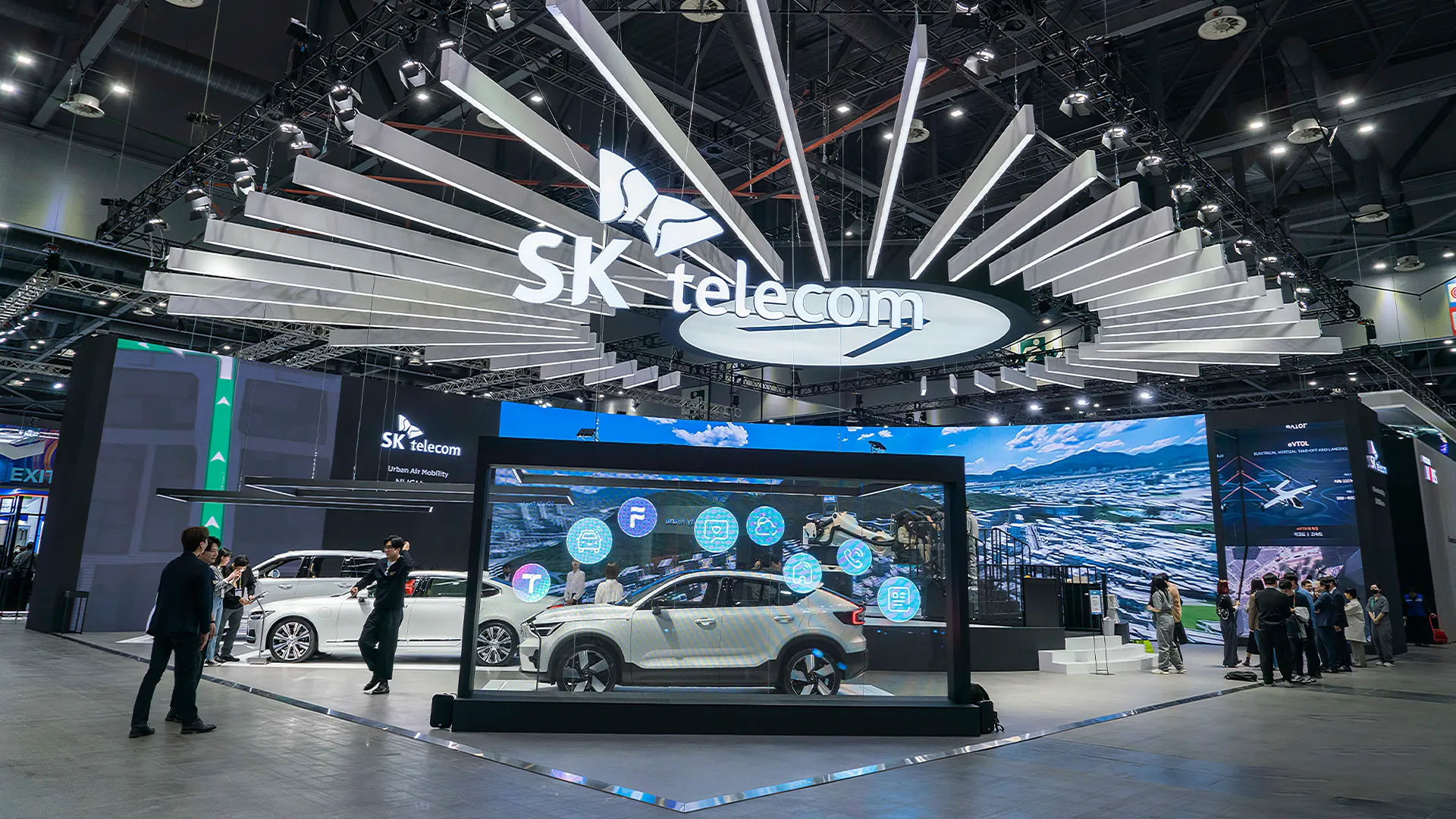
Key Technical Specifications and Manufacturer Innovation
When selecting a holographic LED screen manufacturer, quality, innovation and consistent delivery matter deeply. Below we highlight how Muxwave, as a leading manufacturer, addresses crucial factors—and what those mean in practice for museums and cultural institutions.
Transparency & Visual Fidelity: Muxwave’s M Series modules advertise transparency rates of 85%–95% (with some claims up to 97%). This means the display has minimal visual obstruction when off, but transforms into a high-definition canvas when active. For museums, this translates into minimal interruption of artefact viewing and maximum flexibility in layered digital storytelling.
Brightness, Contrast & Image Depth: Cultural venues often have strong ambient lighting. Displays must deliver sufficient brightness to be clear and vibrant. Muxwave reports brightness up to ≥5,000 cd/m² (white light) and contrast ratios of 9,000:1. These specs enable content to compete with ambient light and maintain visibility without overwhelming the physical exhibit.
Ultra-Thin & Lightweight Modules: Installation flexibility is key. Modules only 1.8mm thick and ~6 kg/㎡ allow installation on glass, balustrades, partitions or curved surfaces without heavy structural reinforcement.
Flexible & Curved Installations: Some museum architecture features curves, pillars, or irregular surfaces. Muxwave offers modules described as “pliable, flexional … best partner for curved and shaped glass.”This opens possibilities for creative installations: transparent LED film wrapping a circular gallery, or curved stair-rail displays.
Single-LED Control, 16-Bit Grayscale: Display smoothness and depth matter. Muxwave’s specification of “single-LED control” and 16-bit grayscale ensures superior motion clarity and image quality. For museums, this means more lifelike animations and cleaner visuals, reducing the risk of flicker or artifacting in camera or AR integrations.
Full-Chain Manufacturing and Patent Strength
Quality hinges on manufacturing rigour. According to Muxwave, they are “the LED industry’s only fully automated manufacturer with a complete value chain, from IC design to finished LED product fabrication.”They also claim over 100 core patents—an indicator of their innovation and internal R&D strength.
For institutions, partnering with a manufacturer that controls its supply chain ensures better reliability, lower failure rates, and less risk of component obsolescence.
Selecting the Right Holographic Invisible Screen Manufacturer for Cultural Display
Choosing a manufacturer is a strategic decision. Here are several factors any museum or exhibition venue should evaluate—using Muxwave’s capabilities as benchmark guidance.
Verified Technical Credentials: Ensure the manufacturer provides documented specs: transparency rate, brightness, grayscale, lifespan (≥100,000 hours). Muxwave’s white papers list such details (e.g., lifespan ≥100,000 hours).
Manufacturing Scale & Supply Chain Control: A firm that handles its own IC design, PCB assembly, module production and quality testing (as Muxwave claims) offers tighter quality control and fewer dependencies.
Customization & Application Expertise: Museums may require customized shapes, pixel pitches, or film-type installations. Muxwave supports multiple series (A, M, F, P) tailored to different use cases (e.g., all-in-one posters, panel modules, hanging screens).
Case Studies & Proven Museum Use: Ask for references from installations in cultural or museum settings—ideally from the manufacturer’s “project case” portfolio. Muxwave reports installations in “commercial, retail, cultural tourism and exhibition displays” at ISLE 2025.
After-Sales Service, Warranty and Support: Quality manufacturers provide extensive warranties, spare-parts availability and accessible technical support. Transparent film installations may need maintenance access behind glass.
Sustainability & Energy Efficiency: Modern museums prioritise sustainability. Choose a manufacturer whose products consume less power, support low emission production and avoid bulky materials.
Installation, Content Strategy and Best Practices for Museums
Implementing a holographic transparent LED screen in a cultural setting requires thoughtful planning—technical, curatorial and content-wise.
Structural & Optical Planning
Glass surfaces: Determine suitability for direct mounting (front/back), film attach or module mounting. Muxwave modules allow “modular collage on glass front or back” with minimal structural changes.
Viewing Distance & Pixel Pitch: Select pixel pitch appropriate for visitor distance. For close-up vantage, finer pitch (e.g., P2.5) is better.
Ambient Light & Brightness: Ensure display brightness out-competes ambient lighting; Muxwave offers up to 5,000 cd/m
Maintenance Access & Safety: Modules must allow access for servicing. Transparent installations require careful cleaning without damaging optics.
Content Design & Visitor Experience
- Layered Storytelling: Use physical objects as base layer; above them, overlay animations, contextual information or AR content.
- Interaction: Integrate sensors or mobile apps for visitor interaction—making the holographic display respond to presence or gestures.
- Accessibility: Provide subtitles, multi-language overlays or tactile triggers via the transparent screen.
- Content Scheduling: Rotate themes easily—films for temporary exhibitions or museum nights. Transparent screens support rapid updates versus printed signage.
Transparent Film Installation
For film-type cases, museum display cabinets or large glass panes can be turned into digital surfaces. A “holographic film LED screen” maintains full transparency while enabling visuals—ideal for heritage settings where minimal intervention is key.
Security and Conservation Considerations
Ensure the display does not interfere with artefact conservation (heat, vibration, light exposure). Choose a manufacturer with proven low-heat modules and validated lifespan — Muxwave modules claim ≥100,000 hours.
Use Cases in Museums & Cultural Exhibitions
Several museums and exhibition spaces are pioneering the use of holographic LED screens:
Transparent modules in storefront and exhibition environments by Muxwave have been featured in global events like ISLE 2025.
The M Series panels, with 85–95% transparency and 5,000 cd/m² brightness, have been cited as “best for direct glass mounting, suitable for both single-sided and double-sided display applications.”
These real-world examples demonstrate how a holographic invisible screen enables a seamless blend of artefact visibility and digital augmentation—turning cultural spaces into immersive, dynamic storytelling venues.
Future Trends
Customized, Interactive, and Scalable Installations
The future of holographic LED screens in cultural and museum-spaces looks dynamic:
Customized Shapes & Flexible Installations: “Bendable modules … best partner for curved and shaped glass.” This opens possibilities for spiral staircases, circular exhibits and free-form architectural elements.
AR/VR & Interactive Floating Displays: Modules with 16-bit grayscale and single-LED control support advanced visual effects, enabling “naked-eye AR visual effects.”
Film-Based Transparent Displays: Holographic film LED screens turn any glass surface into a display area—ideal for temporary exhibitions or historic building facades with minimal impact.
Sustainability and Digital-First Strategy: As museums strive for low-carbon operations, ultra-thin modules, lightweight materials and low-power consumption (e.g., 5–6 kg/㎡) become key. ()
Scalable Multi-Layer Experiences: Large-format transparent screens, organized in zoning for different exhibit types, enable multi-layer storytelling across an entire museum wing.
الخاتمة
The adoption of a holographic LED screen—particularly from a manufacturer like Muxwave that emphasises “transparent invisibility, high-definition image quality, naked-eye AR visual effects” —offers cultural institutions and exhibition designers a powerful new tool. By delivering immersive visual layers without compromising the visibility of artefacts or architectural integrity, these displays enable museums to engage, educate and inspire in new ways.
For museum directors, curators and exhibition planners, selecting the right manufacturer is critical. Look for verified technical specs, manufacturing scale, case-study evidence and post-installation support. In doing so, transparent LED screen installations become not merely display tools—but strategic investments in future-ready visitor experiences.
When the screen itself becomes invisible, the story, the object and the visitor take centre stage.
